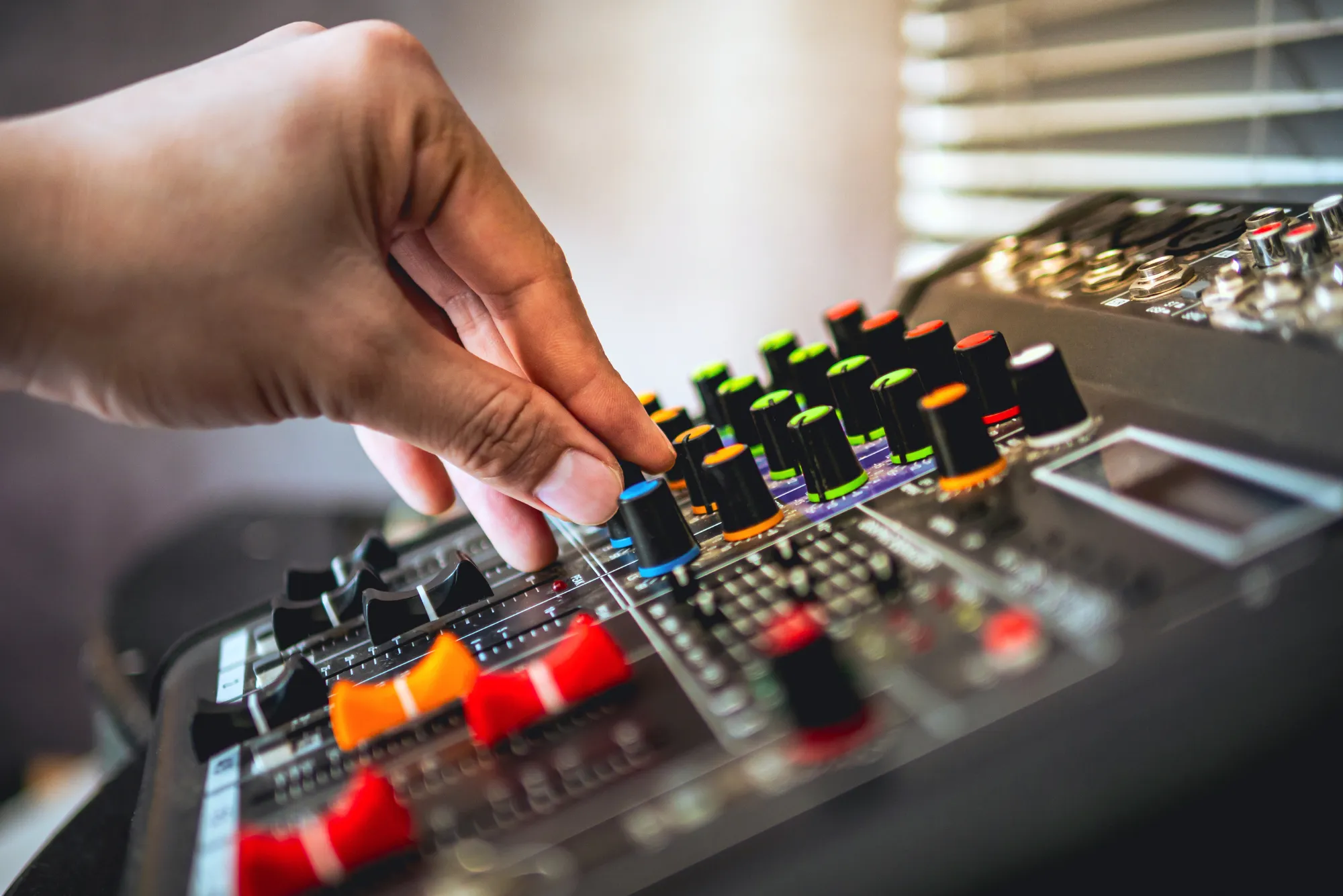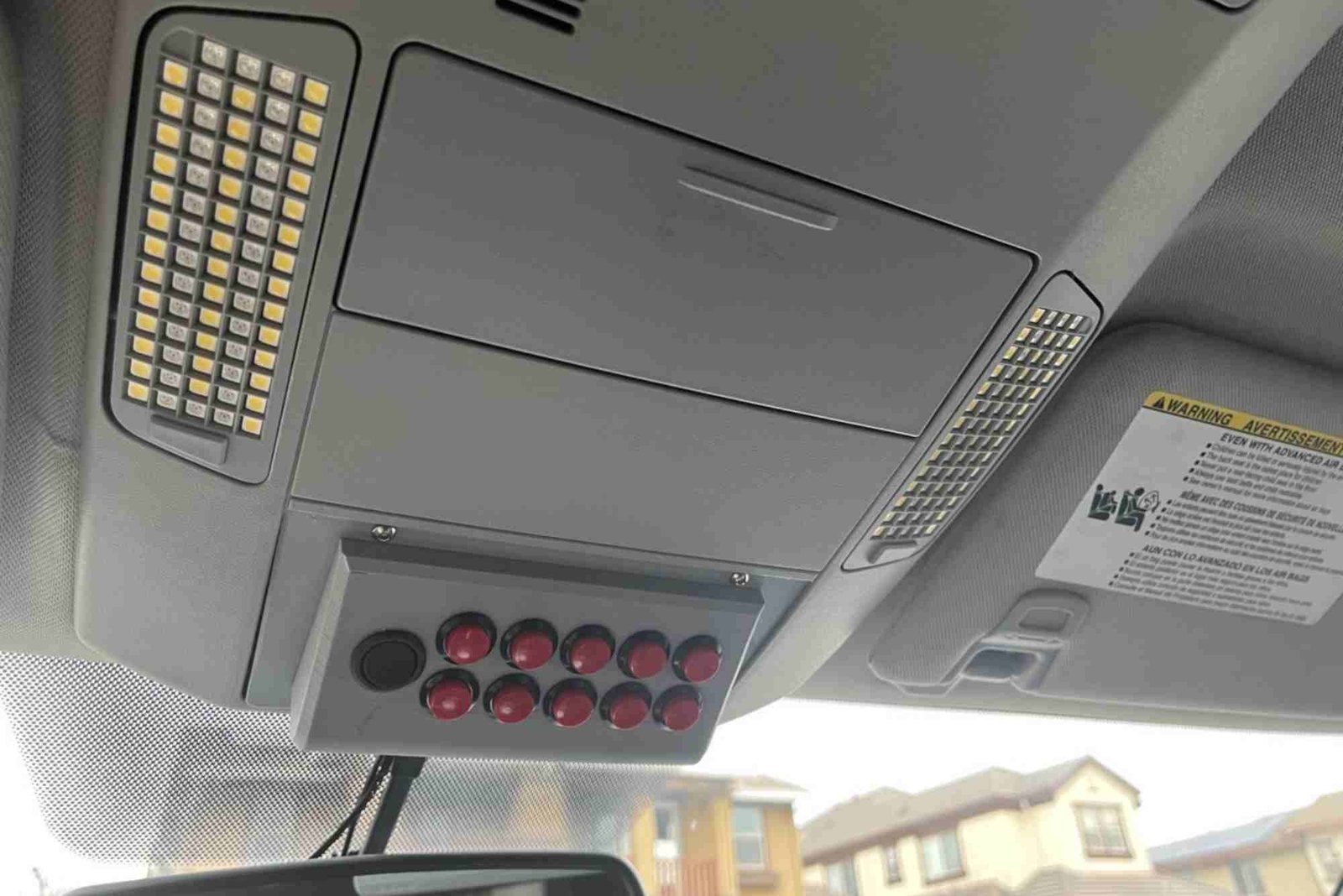Live sound engineering is a critical component of any successful event, especially in the vibrant and diverse setting of Indian gatherings, from weddings to cultural festivals. In a bustling hub like Delhi, India, where events are often grand and multifaceted, live sound engineering in Delhi, India, demands precision, adaptability, and cultural awareness. Poor audio can ruin an otherwise spectacular event, leaving audiences dissatisfied and organizers embarrassed. This article explores common mistakes to avoid in live sound engineering, particularly for Indian events, and provides actionable solutions to ensure a seamless audio experience.
1. Neglecting Proper Soundcheck
One of the most frequent errors in live sound engineering is skipping or rushing the soundcheck. In Indian events, where performances often include live bands, classical musicians, or Bollywood-style dance troupes, each element requires specific audio settings. A hurried soundcheck can lead to imbalanced levels, feedback, or equipment failure during the event.
Solution: Allocate ample time for a thorough soundcheck, ideally hours before the event starts. Test every microphone, instrument, and speaker. For events in Delhi, India, where live sound engineering in Delhi,India, often involves complex setups due to large venues, involve all performers in the soundcheck to account for their unique needs, such as vocal dynamics or instrument volumes.
2. Ignoring Venue Acoustics
Indian events often take place in diverse venues, from open-air grounds to banquet halls. Failing to account for the venue’s acoustics is a common mistake. For instance, a marble-floored hall in Delhi can create excessive reverb, while an outdoor pandal may absorb sound unevenly.
Solution: Visit the venue in advance to assess its acoustic properties. Use tools like spectrum analyzers to identify problematic frequencies. For outdoor events, ensure speakers are positioned to minimize sound dispersion. In live sound engineering in Delhi, India, where urban venues vary widely, consider renting acoustic panels or diffusers for problematic spaces.
3. Overloading the Mix with Effects
In the excitement of mixing for Indian events, engineers sometimes overuse effects like reverb or delay, especially for traditional performances like qawwali or bhajans. This can muddy the sound, making vocals or instruments indistinct.
Solution: Use effects sparingly and tailor them to the genre. For example, a light reverb may enhance a classical vocalist’s performance, but excessive delay can overwhelm a fast-paced Bollywood track. Test effects during rehearsal and seek feedback from performers to strike the right balance.
4. Poor Microphone Placement
Incorrect microphone placement is a recurring issue in live sound engineering. In Indian events, where multiple performers—singers, speakers, and instrumentalists—may share the stage, improper mic placement can cause feedback or uneven sound capture.
Solution: Position microphones based on the instrument or voice they’re capturing. For example, place mics close to the source for tabla or dhol to avoid bleed from other instruments. Train performers to maintain consistent distances from mics, especially during high-energy performances common in Indian weddings.
5. Failing to Communicate with Performers
Effective communication between the sound engineer and performers is crucial. In Indian events, where last-minute changes are common, engineers may not be informed about additional performers or altered setlists, leading to chaos during the event.
Solution: Establish clear communication channels with the event organizer and performers. Create a detailed run sheet and share it with all stakeholders. In live sound engineering in Delhi, India, where events often involve multiple teams, a pre-event briefing can align everyone on the audio plan.
6. Underestimating Power Requirements
Power fluctuations are a reality in many Indian venues, particularly in less urban areas. Failing to account for this can lead to equipment failure or inconsistent audio output, disrupting the event.
Solution: Invest in a reliable power backup, such as a UPS or generator, and use voltage stabilizers to protect equipment. Test the power setup during the soundcheck to ensure stability. This is especially critical in Delhi, where large-scale events demand robust power management.
7. Ignoring Audience Perspective
Engineers sometimes focus solely on the mix from their console, forgetting the audience’s experience. In Indian events, where audiences may be spread across large areas, sound may not reach all sections evenly.
Solution: Walk the venue during the soundcheck to assess audio coverage. Use delay speakers for larger venues to ensure sound reaches the back rows. Adjust the mix to prioritize clarity for the audience, not just the performers.
8. Overcomplicating the Mix
In an attempt to showcase technical prowess, some engineers overcomplicate the mix with unnecessary channels or effects. This can overwhelm the system and lead to errors, especially in fast-paced Indian events with multiple performances.
Solution: Keep the mix simple and focused. Prioritize key elements like lead vocals or primary instruments. For example, in a sangeet ceremony, ensure the singer’s voice stands out over the backing track. Simplicity enhances reliability and clarity.
9. Not Preparing for Feedback
Feedback is a common issue in live sound engineering, particularly in venues with reflective surfaces or high stage volumes. In Indian events, where loud instruments like dhol or brass bands are common, feedback can disrupt the experience.
Solution: Use graphic equalizers to notch out feedback frequencies. Position monitors carefully to avoid pointing at microphones. During setup, ring out the system by gradually increasing volume to identify and eliminate feedback points.
10. Neglecting Cultural Nuances
Indian events are steeped in cultural diversity, with specific audio requirements for different performances, such as Carnatic music, Bollywood dances, or religious ceremonies. Ignoring these nuances can lead to an inappropriate sound mix.
Solution: Research the event’s cultural context and consult with performers about their expectations. For instance, a Sufi performance may require a warm, intimate mix, while a DJ night demands punchy bass. Understanding these nuances elevates the quality of live sound engineering.
11. Inadequate Equipment Maintenance
Using unmaintained or outdated equipment is a recipe for disaster. In the rush of event season in Delhi, engineers may overlook routine checks, leading to failures like crackling cables or malfunctioning mixers.
Solution: Regularly inspect and maintain all equipment, including cables, microphones, and speakers. Carry spares for critical components. For high-stakes events, rent professional-grade equipment from reputable vendors in Delhi to ensure reliability.
12. Lack of Backup Plans
Technical failures are unpredictable, but not having a contingency plan can turn a minor glitch into a major disruption. This is especially critical in Indian events, where schedules are tight and audiences expect perfection.
Solution: Always have backup equipment, such as extra microphones, cables, and even a spare mixer. Prepare a troubleshooting checklist and train your team to handle emergencies. A backup plan ensures the show goes on, even if something fails.
Conclusion
Mastering live sound engineering for Indian events requires technical expertise, cultural sensitivity, and meticulous planning. By avoiding these common mistakes—rushing soundchecks, ignoring venue acoustics, overloading effects, and more—engineers can deliver exceptional audio experiences that elevate events. In a dynamic city like Delhi, India, where live sound engineering in Delhi, India, is a competitive field, attention to detail and preparation set professionals apart. Whether it’s a wedding, cultural festival, or corporate event, a flawless sound mix ensures the audience leaves with lasting memories.




